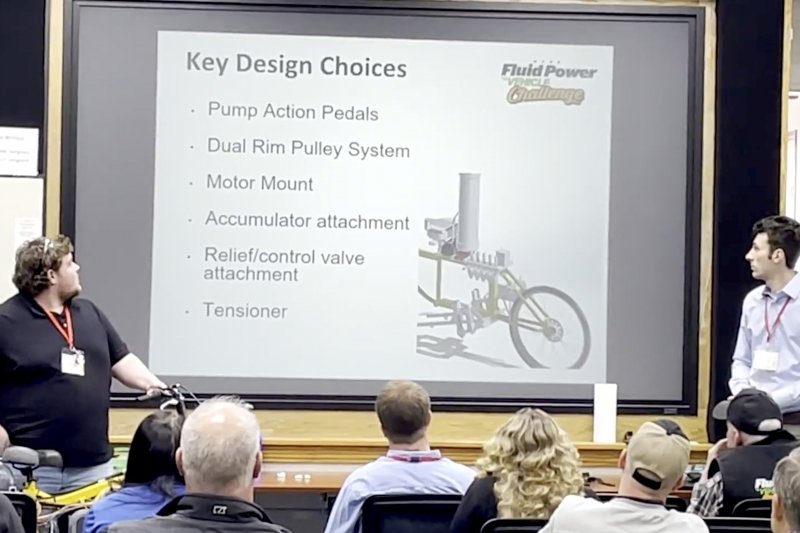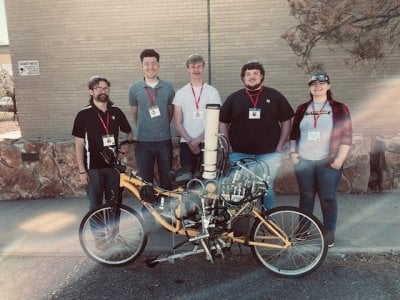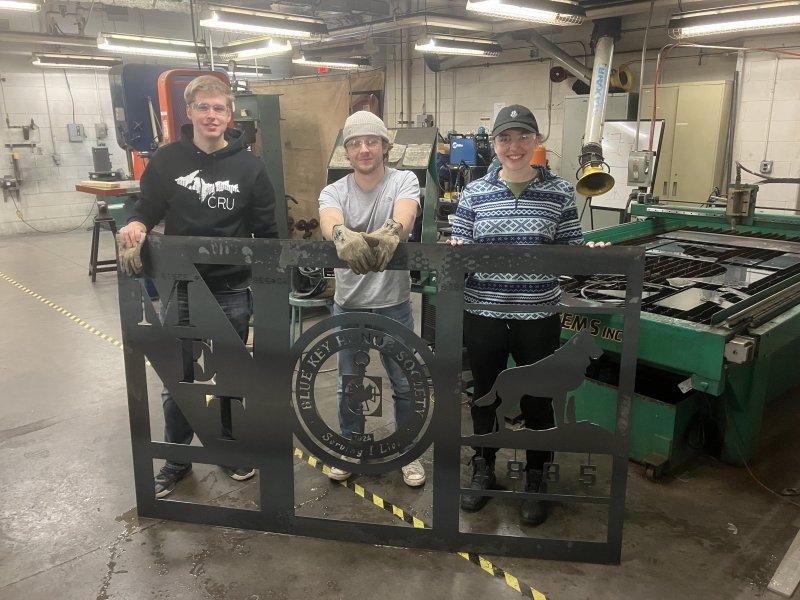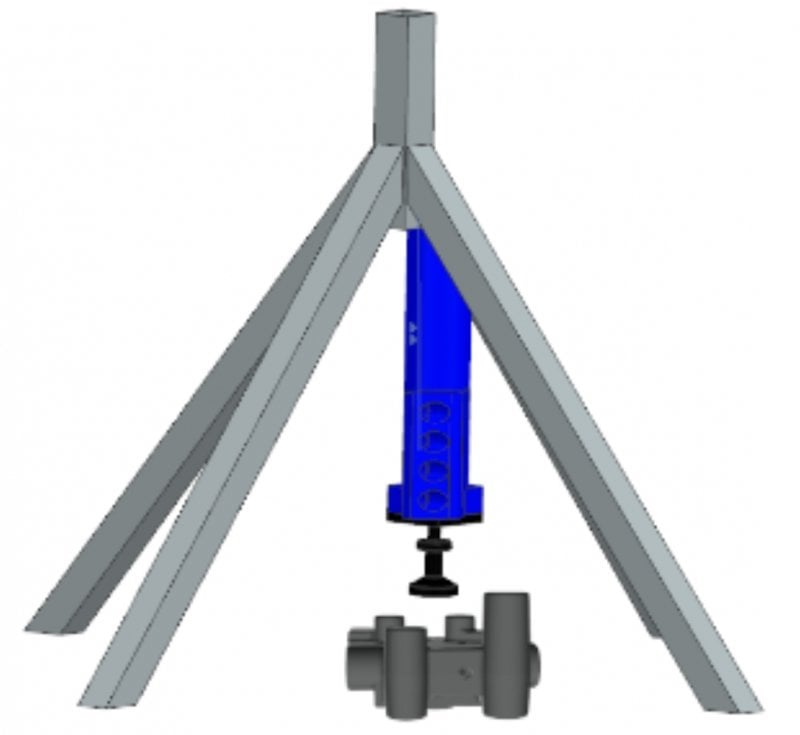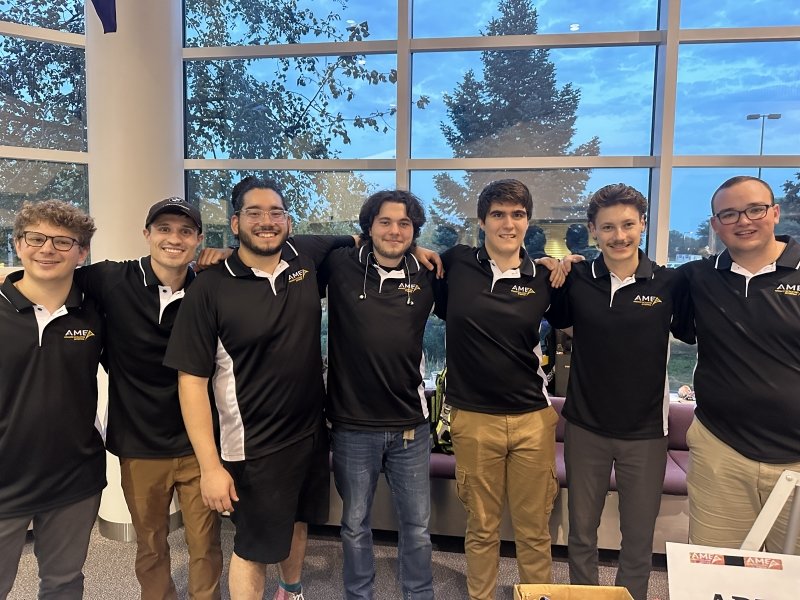Fluid Power Vehicle Challenge 2024
These students competed in the National Fluid Power Vehicle Challenge sponsored by NFPA, National Fluid Power Association. The annual competition required the students to design, build, and test a bicycle powered by pneumatics. This requires an in depth understanding of fluid power, pneumatic fittings, and electronic control systems. Despite not winning any races this team were awarded design champions for the competition.
224. Plasma Table Redesign
The goal of the Plasma Table Redesign team is to restore and improve the longevity of the MET Machine Shop plasma table. At the beginning of the project, the plasma cutter exhibited shaking during movement, rendering precise cutting operations unattainable. The original design was prone to premature failure, therefore our team was tasked with finding a more robust design. The scope of our project includes designing, manufacturing, and installing our solution.
237. Waupaca Foundry Automated Cast Cleaning
The goal of the Waupaca Foundry Automated Cast Cleaning project is to take a cast metal part with complex internal passages and autonomously remove all core sand from the passages. The project should also include the ability to verify that the passages are clear of any blockages. These processes are to be developed entirely by the team as there is no manual process for clearing or inspecting the passages due to the size and configuration of them. This project will allow Waupaca Foundry to enter several parts into production and ensure quality to their end customers. The team is currently developing the processes for both decoring and inspecting the parts individually.
239. Quench Box for an Extrusion Press
This project pertains to Shape Corporation. The team is tasked with helping Shape develop a quench box using large scale equipment while hammering in certain design parameters centered around pressure, temperature, and time. The team bought, fabricated, and tested a lab scale quench box to help with Shape Corp. requirements. The team needed to build a quench box as Shape was having trouble with dislocations at different points throughout the part prints, as well as having control on the water temperature used to spray the part and the rate at which the part is cooled.
